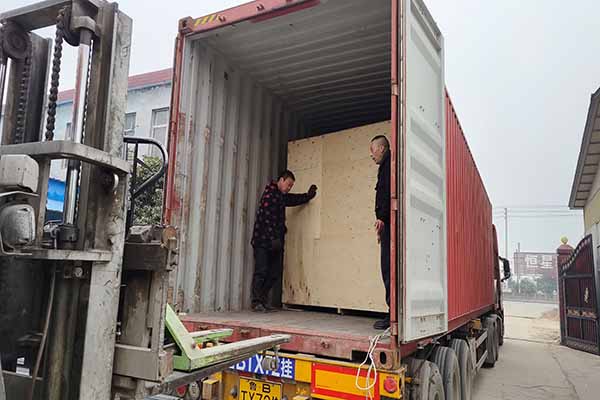Optimizing Chicken Cages for 10,000 Birds in Kenya: A Comprehensive Guide
Understanding the Scale of Chicken Caging in Kenya
Kenya’s poultry industry has seen significant growth, with an increasing number of farmers adopting commercial chicken farming practices. One of the most crucial aspects of chicken farming is the efficient design and management of chicken cages. This article delves into the best practices for setting up chicken cages to accommodate 10,000 birds in Kenya.
Key Considerations for Chicken Cages
– Space Allocation: Each bird requires approximately 0.3 square meters of space. For 10,000 birds, this translates to a total area of 3,000 square meters.
– Ventilation: Proper ventilation is essential to maintain a healthy environment. The cage should allow for cross-ventilation to ensure a constant flow of fresh air.
– Egg Collection: A design that facilitates easy egg collection is critical. Automated systems can greatly enhance efficiency.
– Sanitation: Easy cleaning and disinfection are necessary to prevent disease outbreaks.
Designing Chicken Cages for 10,000 Birds
– Cage Dimensions: A standard cage size for layer hens is 1.2 meters long, 0.6 meters wide, and 0.4 meters high.
– Material: Use high-quality, durable materials that can withstand the weight and movement of the birds.
– Layout: Arrange the cages in a row or in a grid pattern for maximum efficiency.
Benefits of Efficient Chicken Caging
– Increased Production: Properly designed cages can lead to higher egg production and better overall health of the birds.
– Reduced Costs: Efficient management of chicken cages can lead to lower operational costs, such as reduced feed waste and lower labor requirements.
Table: Key Factors for Chicken Caging
| Factor | Description | Importance |
|——–|————-|————|
| Space | Adequate space for each bird | High |
| Ventilation | Proper air flow | High |
| Egg Collection | Easy egg collection process | High |
| Sanitation | Easy cleaning and disinfection | High |
Case Study: A Successful 10,000 Bird Chicken Farm in Kenya
A recent case study of a successful 10,000 bird chicken farm in Kenya highlights the importance of a well-designed caging system. The farm implemented the following practices:
– Customized Cages: Designed to fit the specific needs of the farm.
– Automated Egg Collection: Reduced labor costs and increased efficiency.
– Regular Sanitation: Maintained a healthy environment for the birds.
Conclusion
Setting up an efficient chicken caging system for 10,000 birds in Kenya requires careful planning and consideration of various factors. By following the guidelines outlined in this article, farmers and investors can ensure a successful and profitable poultry operation.
Get Your Free Chicken Caging Design and Equipment Quote
As a leading provider of chicken caging solutions, LIVI Mechanical offers free, customized design and equipment quotes. Contact us today to discuss your specific needs and take the first step towards a successful chicken farming venture.


